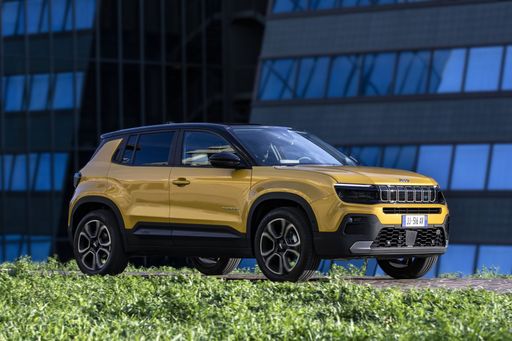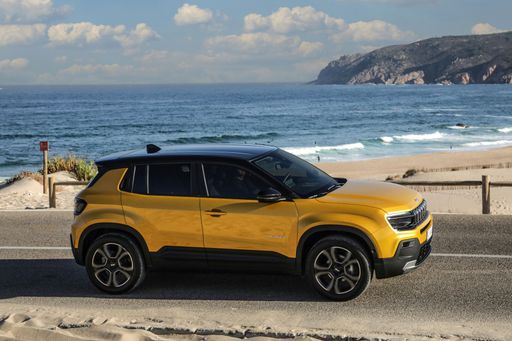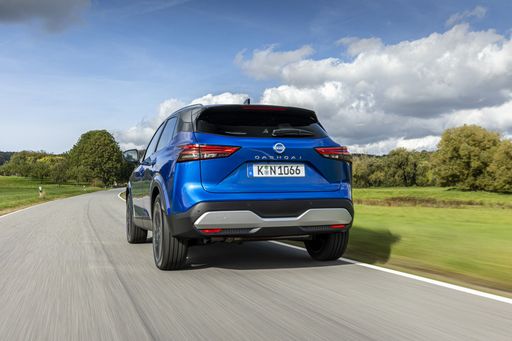Jeep Avenger vs. Nissan Qashqai: An In-Depth Automotive Comparison
The world of compact SUVs is burgeoning, and two key players vying for your attention are the Jeep Avenger and the Nissan Qashqai. Both vehicles offer unique features and innovations, catering to modern drivers' preferences for performance, comfort, and eco-friendliness. Let's dive deeper into the technical specifications and innovations that set these two SUVs apart.










